TOOLS
GLS 360 leadership tool
What is 360 Feedback?
360 Degree Feedback is a survey in which leaders receive confidential,
anonymous feedback from the people who work around them. This is usually the person’s manager, peers/colleagues, and direct reports, typically 8-12 people.
Leaders will know how their actions are affecting others.
Then, they will be able to clarify their own tendencies and gaps, re-recognize their own behavioral characteristics that they do not usually notice, and gain awareness toward behavior changes and development planning.
In addition, the feedback includes comments on
what the leader should start/stop and keep doing, allowing the leader to come up with actionable plans for improvement
How it works
- The survey is taken online, and the results sent to the individual leader and/or HR in PDF format.
- A summary report can be generated for the HR team, including results for all leaders participating.
Getting feedback
- The consultant/coach guides the individual leader through the results.
- Together, they confidentially discuss the results, and create action plans to address issues and concerns for development.
- The consultant/coach is available for further discussions and individual coaching as required.
Recommended Frequency
- We recommend running the survey every 6 months for continued feedback and identifying further development opportunities.
15 Factors that Drive Engagement, Performance & Leadership Success
Self-Leadership
- Is highly engaged in his/her role.
- Has a high level of self-awareness (behaviors, strengths, weaknesses, etc.).
- Role-Models company and team values.
- Has a clear sense of purpose.
- Has a clear philosophy of leadership

Business Leadership
- Ensures other people understand the organization’s vision.
- Ensures other people understand how their work is connected to the strategy.
- Builds a strong organization to implement the strategy.
- Ensures other people have a sense of urgency to achieve the objectives.
- Regularly talks to his/her direct reports about their performance.

People Leadership
- Creates a high-trust environment.
- Encourages and empowers other people to deal with issues and develop solutions.
- Schedules time with his/her direct reports to discuss their career development plans.
- Actively coaches people to develop their skills and grow in their job.
- Creates high-performing teams.

SAMPLE REPORT
Leadership Assessments
GLS uses Garuda Assessments for Leadership Assessment.
The Focus Profile
With the Focus Profile,
you can uncover what an employee prefers to focus on and what types of tasks they thrive on. This provides the basis for a qualified and constructive dialogue about responsibility, motivation, challenges and development – whether you are recruiting or developing. The goal is to create greater self-awareness, well-being and success in the job.
The Focus Profile is built around the four focus areas:
Baser, Result, Developer and Integrator focus. This makes it easy to understand, easy to summaries and easy to communicate. For the benefit of both respondent and responder. However, no employee can focus on all four at once. Instead, we each have our own strengths that we prefer to utilize in our work and in collaboration with others. Typically, you have one or two focus areas that dominate, while the others fade into the background.
The profile is suitable for
both 1:1 interviews and team processes. HR and management get a better overview of whether the employee is working on the right types of tasks and concentrating on the areas that benefit both them and the organization. They also gain insight into whether the team is set up correctly, or whether it’s focusing too much on detail and not enough on creating quick results.
Therefore, it’s important to know
the strengths and weaknesses of each employee in the department or team in order to get the most out of the collaboration. This could be in the management team, among salespeople, in the HR department, or across professional groups.
The Competence Profile
- With 320 statements across 16 personality traits, the Competence Profile is one of the most comprehensive personal profiles on the market.
- The Competence Profile enables you to ask targeted and qualified questions. And based on them, have an open and equal dialogue about strengths, weaknesses and development opportunities in relation to a given position.
- If you use the Competence Profile for development, it helps to highlight the aspects of the employee's or manager's personality that she needs to develop to be able to solve the tasks and challenges she will face in her job.


